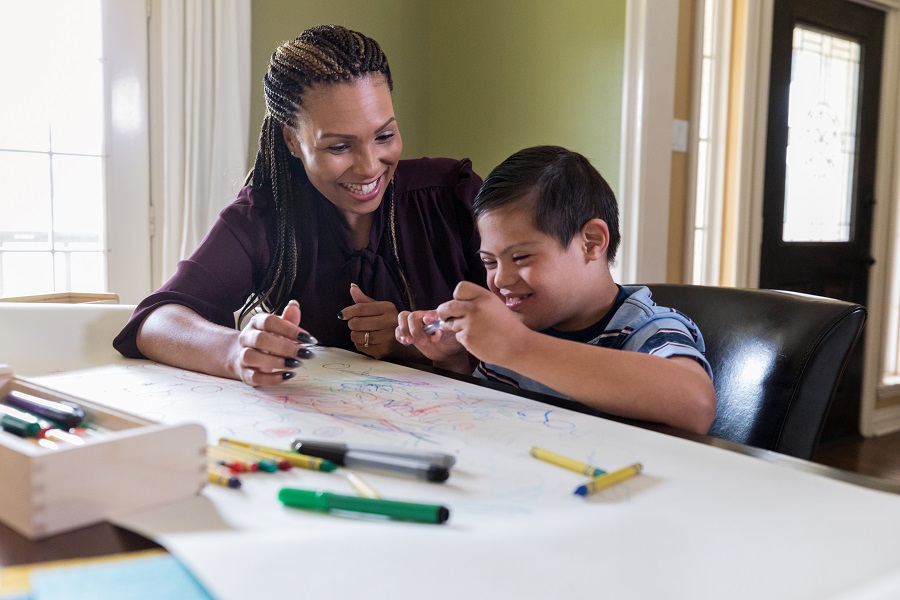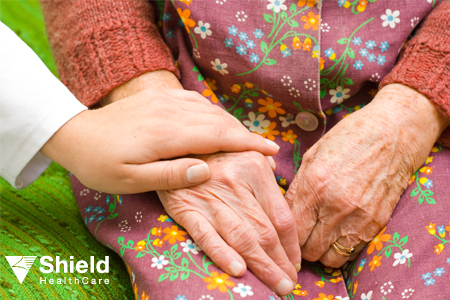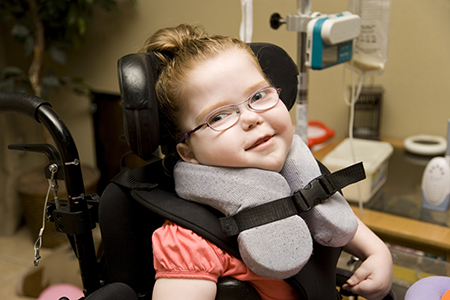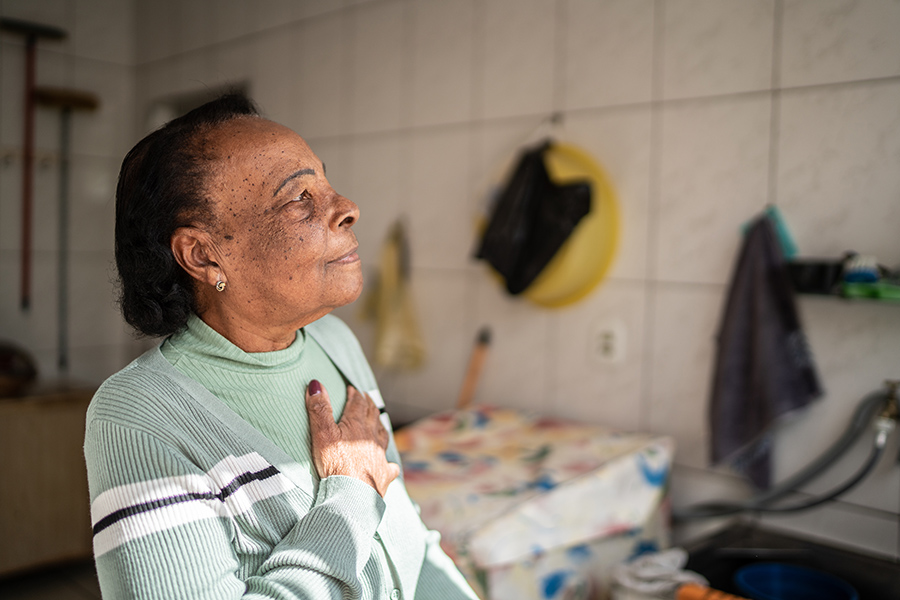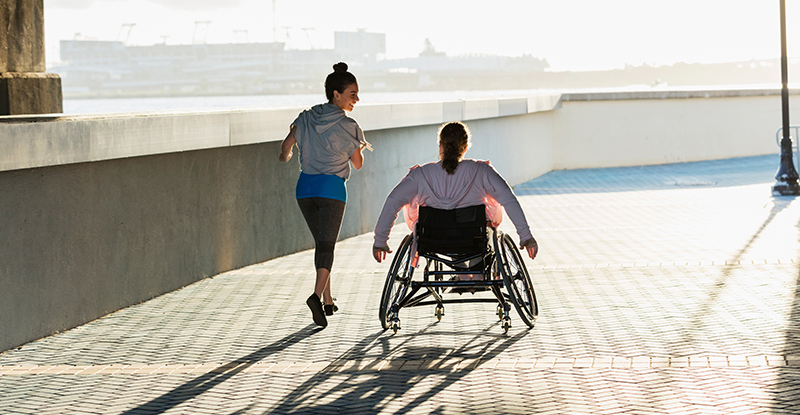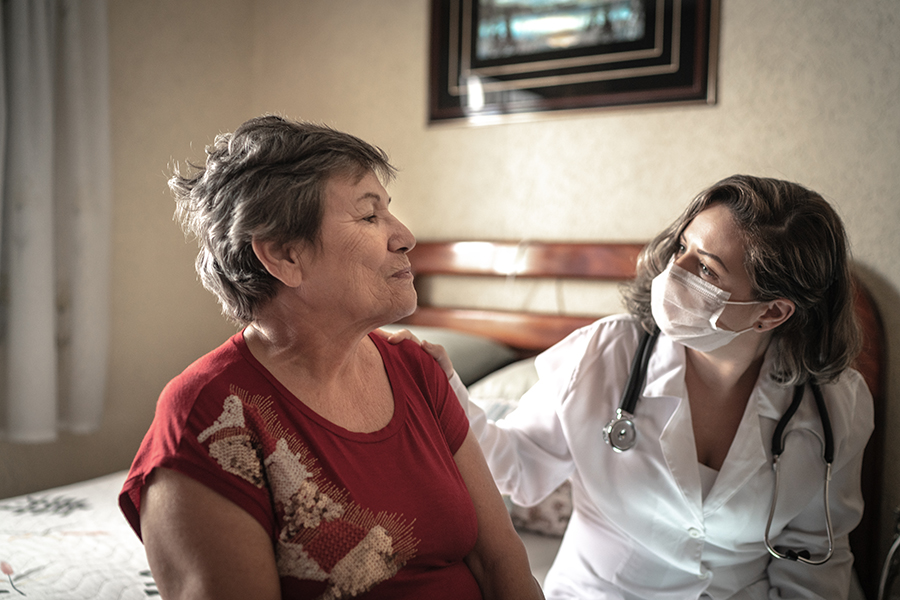Aging in place can be a controversial topic. Everyone involved – the patient themselves, the healthcare provider, the caregiver, family members – will have an opinion about how best to go about aging in place. Before discussing plans, we recommend these aging in place considerations that discuss the different types of needs that the person (or people) who will be aging in place may have:
1. Does the person have a cognitive or physical disability? Or both?
Is it a disability or illness that you’re dealing with? Does it affect their cognitive status, or physical status, or both? If a disability is purely physical, then the care receiver, or the patient, can take the lead on problem solving. They can be in the driver’s seat on making these decisions and researching technology. With technology assistance and persistence, most physical obstacles are surmountable. But in most situations, especially if folks are declining due to age or illness, there are cognitive issues as well.
2. Is the condition stable/chronic or temporary/reversible? Is it progressing?
Much of the difficulty in figuring out the answer to this question out has to do with the fact that the illness may be changing – possibly rapidly. As the caregiver is learning to cope with a certain set of parameters, by next week or next month, it could be a whole different set. While some people might want to start thinking about environmental modifications to a home, we do not recommend that you take on an expensive remodel, because by the time it’s done, the person’s needs could be different, and those modifications may not be relevant. And sometimes people get better.
3. Is the disability community a useful resource?
The long-term disability community can be a great resource for patients, providers, caregivers, family and more – especially when you have a stable condition that affects one particular physical ability.
4. Are there trade-offs between safety/health and privacy/independence?
There is a trade-off between what healthcare providers perceive as safety or health, and what a lot of care receivers, or patients, perceive as their privacy or independence. Many nurses and doctors, no matter how long they’ve been practicing, may not always be right, or know what will work for an individual. Their idea of safety may be less important than what the care receiver perceives as their quality of life. Medical professionals do not want any of their patients to fall or take unnecessary risks. But that is their preference, and there are a lot of patients out there who would rather take risks. They would rather live alone. And if they’re cognitively intact, if they can make informed decisions, they have the right to do that. So, if taking risks is providing them privacy that they’re enjoying, a sense of independence that they’re enjoying, and they want to take those physical risks, that’s their right.
You can find more information in our recorded webinar: Aging in Place: Strategies for Staying Safe at Home.
For more information, see aging in place and caregiver related articles and resources here:










